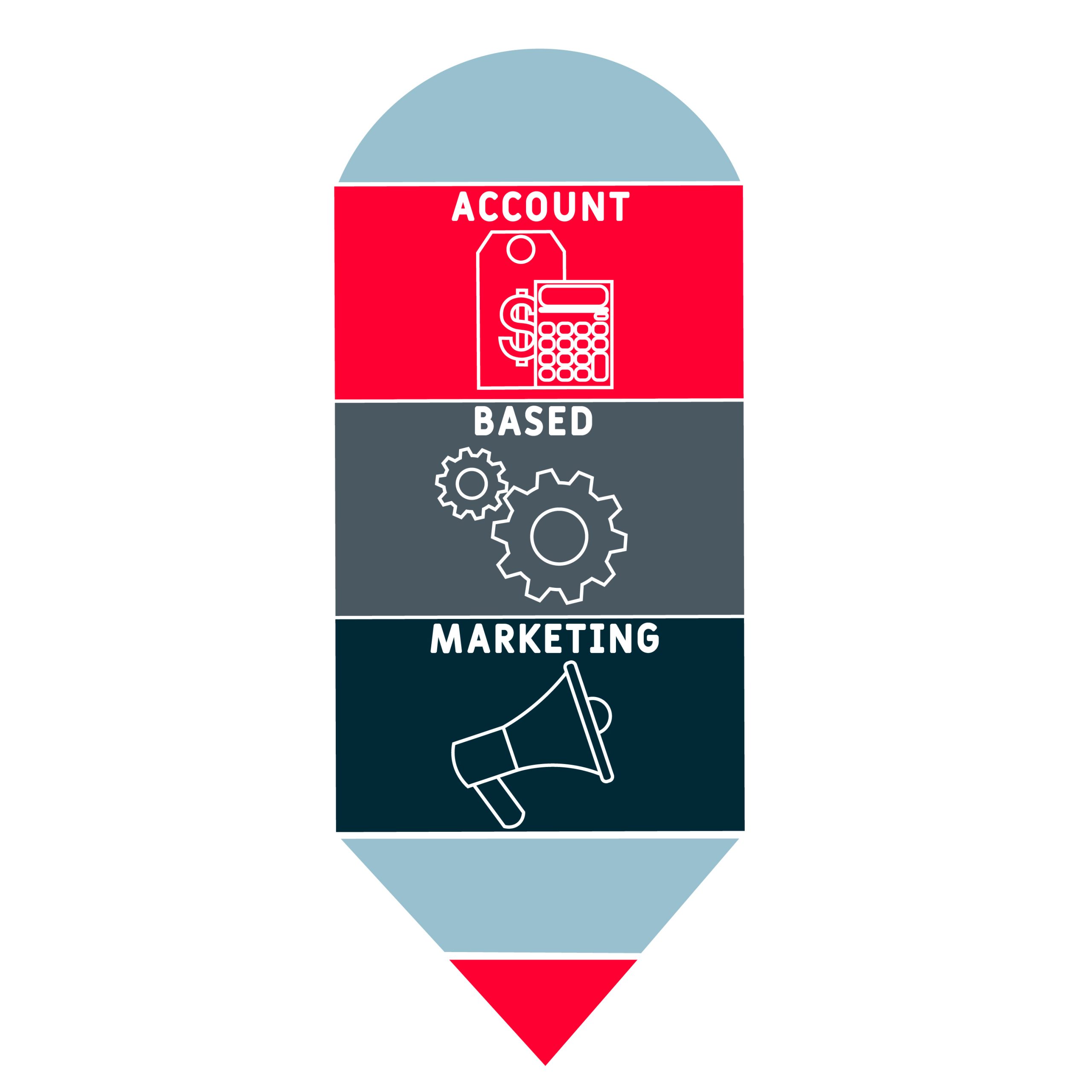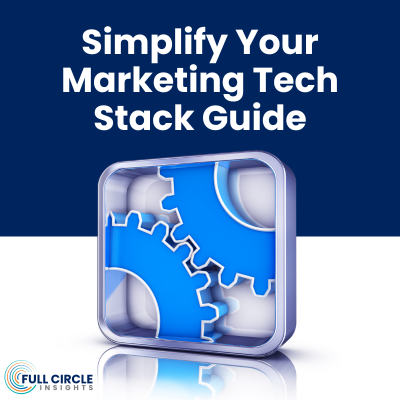If you’ve ever thought to yourself, “Wow, I would really love XYZ organization as a client — they seem to align perfectly with our ideal customer profile (ICP), but I’m not sure what marketing strategy would efficiently attract them,” you are primed and ready for the concept of Account Based Marketing (ABM).
While ABM isn’t strictly new (it’s been around in some form since the 1990s), it’s become particularly important in the B2B space due to its significant potential for ROI. In fact, according to a 2019 Forrester survey, marketing and sales teams that focus on ABM are 6% more likely to exceed their revenue goals than teams that don’t. So if you’re ready to change up your marketing approach and improve your bottom line, here’s what you need to know about ABM.
Account-based marketing: An overview
Traditional marketing strategies focused on reaching a wide audience of prospects. The problem, of course, is that you’re putting a lot of energy and effort into a strategy that isn’t very personalized, making it less likely for you to land the accounts that will be the best fit and most lucrative in the long run.
ABM is targeted and personal
ABM allows you to identify and target the best possible clients for your organization before you come up with your marketing strategies. Then, based on your personalized marketing strategy to your target accounts allows you to get your business directly in front of the decision-makers at the organization(s) you’re targeting, using the channels they’re already engaged on.
So, instead of a mass email marketing campaign going out to hundreds or thousands of potential clients, you can use personalized digital marketing campaigns on the channels your targeted client is using. Once your target account transitions from an MQL, the sales team can perform personalized calls to the key stakeholders at the targeted account.
ABM reaches multiple stakeholders
This ability to combine sales and marketing strategies while making direct contact with multiple stakeholders at the same organization is another major benefit of ABM. This is especially critical for B2B organizations seeking to land accounts with larger companies because when it comes to making buying decisions, it’s rare (if ever) that there’s only a single stakeholder to sell to.
In fact, there are often anywhere from 7-20 stakeholders involved in purchasing decisions at large companies. Because buying decisions are made by a variety of team members impacted by the purchase, targeted marketing to a single stakeholder at a large organization could lead to a missed opportunity within the buying committee.
An ABM strategy that not only identifies the best possible target accounts but also the key stakeholders who make buying decisions with the account, is ultimately destined to have more success than a more traditional marketing funnel.
ABM requires buy-in and investment … but it pays off
The idea of adding ABM to your marketing strategy might sound a bit overwhelming, and there might be some pushback from those who have been ingrained in more traditional marketing approaches. The thing is, ABM can be labor-intensive and expensive on the front end, leaving some people to wonder if it’s really worth it. But with the right buy-in and investment (including a sales and marketing combined approach), it typically is.
According to a survey conducted by ITSMA, 87% of Account Based Marketers say that their ABM initiatives end up outperforming other marketing investments in the long run, with a third of the respondents saying the difference is “significant.” Likewise, when marketing and sales teams work together to implement ABM, they’re 6% more likely to exceed revenue goals, with 62% of these marketers reporting a measurable and positive impact on revenue since the ABM implementation.
Of course, any new strategy can take time to start seeing positive results, but the proof lies in the marketing organizations that have actively implemented ABM with significant buy-in and support. According to the Terminus 2020 State of ABM Report, companies with mature ABM strategies credit 79% of their opportunities and 73% of their total revenue to ABM.
Addressing common challenges of ABM
Certainly, account-based marketing can be labor-intensive due to its personalized approach, as well as the research required to identify the best-fit companies (target accounts) that match your ICP. In fact, the most commonly cited challenges that marketers face when implementing ABM are:
- Crafting the ideal customer profile, and
- How to personalize the marketing experience
Luckily, much of the ABM process has been streamlined and improved with ABM tools that can help answer and address these problems. These tools can help marketers define their ICP and cross-reference potential target accounts with the key demographic information of the ICP. Then, based on the information provided by key stakeholders, the right content can be crafted and served on the digital platforms the stakeholders are using. While these tools don’t eliminate the labor-intensive challenge of developing personalized content for each target account, they streamline the process and make it easier.
Another challenge presented is getting buy-in between the sales and marketing teams. But given that most sales teams report that they don’t find the traditional leads generated by marketing to be all that high-quality or helpful, the fact that one in five accounts generated through ABM strategies is considered a qualified sales opportunity is significant. So with time, effort, and a few good leads, even the most hesitant sales team is likely to appreciate the benefits.
Getting started with ABM
Before you dive in head-first and dedicate all your resources to ABM, it’s important to acknowledge that account-based marketing requires time, planning, and strategy, so it’s ideal to phase it in. Your results will be more significant in the long run if you take the time to do your implementation correctly. Here at Full Circle Insights, we believe your strategy should start with preparing, prioritizing, and planning. Ready to start using Account Based Marketing in your strategy? Start by taking the time to learn how to phase in ABM while identifying the right tools and getting buy-in from stakeholders at your own organization.
Ben Farman, Marketing Manager



